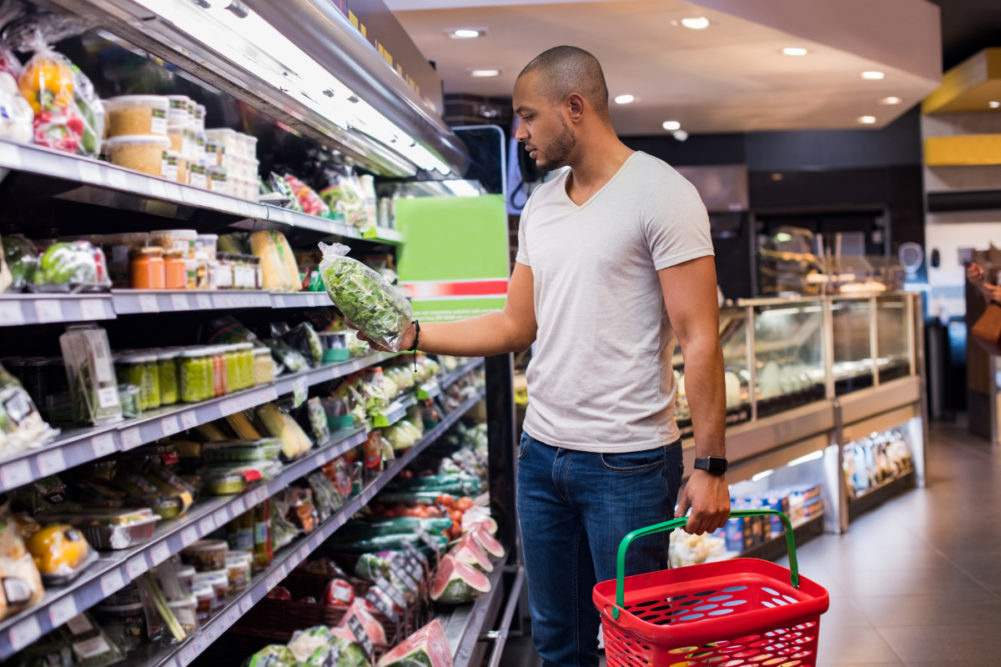KANSAS CITY, MO. - Tracing the progress of a food product from farm to fork continues to be increasingly important to consumers, grocery retailers and their supplier partners.
And the trend has only accelerated with the coronavirus, as industry members up and down the supply chain seek to assure consumers that, while they may have to fear contact with their fellow citizens, at least they can rely on a safe food supply.
The US Food and Drug Administration signaled its increased emphasis on traceability even before the pandemic struck.
The agency’s New Era of Smarter Food Safety initiative builds on existing efforts to implement the Food Safety Modernization Act by incorporating new technologies to create “a more digital, traceable and safer system to help protect consumers from contaminated food,” according to the FDA.
Traceability, along with transparency, is at the heart of the agency’s new effort. Following stakeholder input that began last year, the FDA hopes to issues a strategic blueprint for implementation of New Era of Smarter Food Safety this year.
“When it comes to food traceability, many in the food system still utilize a largely paper-based system of taking one step forward to identify where the food has gone and one step back to identify the source,” according to the agency. “The use of new and evolving digital technologies envisioned in the effort will play a pivotal role in tracing the origin of a contaminated food to its source in minutes, or even seconds, instead of days or weeks.”
A blockchain-based supply tracking system, distributed ledgers, sensors, the internet of things and artificial intelligence are among the technologies that will lead the way.
Lowering response times
Thomas Burke, food safety and traceability scientist for the Chicago-based Institute of Food Technologists (IFT), said that for grocery retailers and their suppliers, traceability is still focused on improving their response to food safety emergencies, especially for fresh produce.
“Over the last two years, there was a lot of excitement on the application of blockchain to digitize supply chains,” Burke said. “While there is still interest in blockchain, the pilots and small implementations among retailers and their suppliers revealed that their needs in traceability need not necessarily include this specific technology.”
Standardization and data collection incentivization for traceability, for example, are critically important to being able to enable external traceability.
Burke said COVID has accelerated interest in digital technologies, including those which enhance traceability, because it has made traditional third-party auditing and verification of food safety practices difficult.
“For retailers to be more nimble and responsive to disruptions in their supply chain, they’re looking to enhance their capabilities to analyze and make rapid decisions regarding their suppliers,” he said. “They’re seeing traceability and other digital technologies as investments in resilience.”
After COVID, there may be a permanent shift in consumer behavior regarding how they consume food, Burke added. In the months prior to the pandemic, many consumers were eating outside the home more than inside.
Now, however, they’ve gained skills in home preparation and retailers have expanded their ability to deliver food directly to customers, he said.
This story was featured in the August issue of Supermarket Perimeter. Check out the full issue here.

